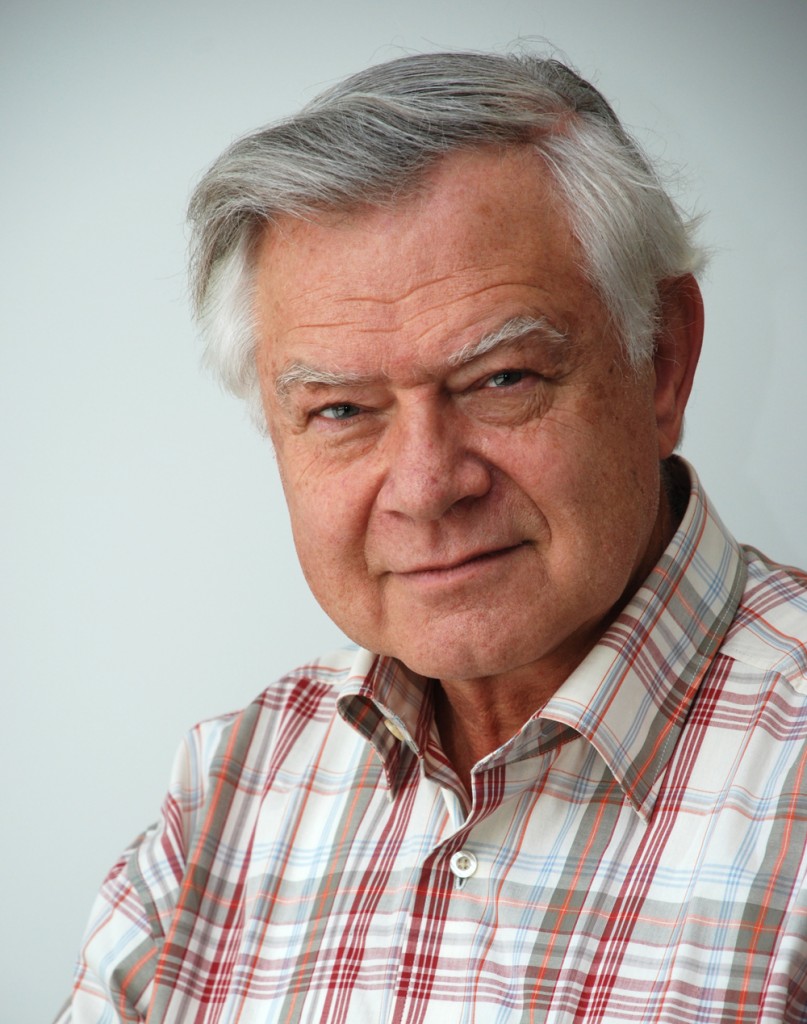ITER NEWSLINE
22
Of coils and blankets
Valery Chuyanov, DDG Fusion Science and Technology

Responsible for the ITER Fusion Science and Technology Department: Valery Chuyanov

Assistant Deputy Director-General David Campbell.
The Department has already completed a re-examination of the fuelling and pumping capability required to support ELM control via pellet pacemaking and has collaborated with the Department of Central Engineering and Plant Support in developing an updated specification of ITER's requirements in these areas.
During the last year's Design Review, FST worked closely with the Tokamak Department and the fusion community to redefine ITER's strategy for the use of plasma-facing materials during experimental operation. This is a subject which excites considerable controversy in the fusion community and has been the subject of many lively, and productive discussions during this period. Work is continuing in this area in order to provide input to the responses to the questions raised by STAC on this subject. Related activities include the support provided for the Dust Task Force headed by Safety and Security Division to develop a strategy for dealing with dust generated during plasma operation.
The development of the ITER Research Plan, to define in greater detail the research program accompanying construction and the research which will be carried out once ITER plasma operation begins, is an activity launched early in the Design Review in collaboration with the fusion community. Recent activities in this area have involved a close collaboration with the Codac, Heating and Current Drive Division (CHD) to incorporate the requirements for the commissioning of the Heating and Current Drive and Diagnostic systems in the early years of ITER operation.
The Fusion Science and Technology Department is also responsible for several activities which will integrate the expertise in the fusion communities into the ITER research program. Recently, FST has been participating in discussions with the Coordinating Committee of the International Tokamak Physics Activity (ITPA) to adapt the ITPA's operations to the new environment for fusion research which has been created by the establishment of the ITER project. As a result of these discussions, DG Ikeda has now approved the operation of the ITPA under the ITER auspices. In addition, FST is working to develop a framework for integrated modelling of ITER plasmas that will build on the activities underway in the ITER Members. An initial workshop held in Cadarache in September 2007 showed that there was a basic agreement within this community on the priorities for future research in this area and the focus of FST's work at present is to draft a framework agreement for collaboration in this area which can be agreed with the Members.
The final programmatic activity will, in time, become a substantial construction project in its own right: the Test Blanket Module program, which FST coordinates, will lead to the construction of six special blanket modules capable of breeding tritium and generating high grade heat, which will be prototypical of those used in a fusion power plant. These will be installed in three of the ITER equatorial ports and will be subject to an extensive testing program throughout ITER's life. The most recent meeting of the Test Blanket Working Group (see article in this issue) was held last week in Aix-en-Provence and brought together experts in this area from all of the ITER Members to discuss progress and the planning of future activities.
return to Newsline #22



